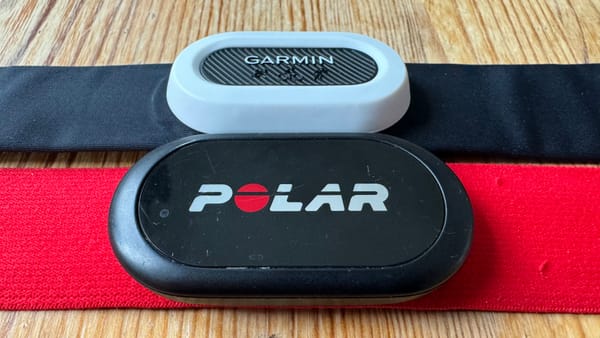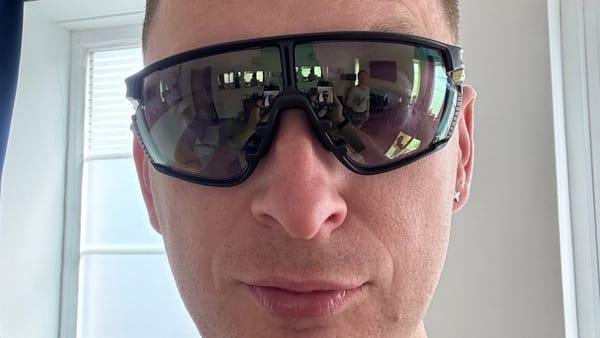My Failed Wearable Technology Graveyard

Over the years I have amassed a collection of failed wearable technology (sadly absent is Google Glass).
What do I mean by failed?
Failed here doesn't mean the product didn't work, but instead that the manufacturer/vendor stopped supporting the product's back-end services, effectively creating a paperweight, or just quietly evaporated .
This behaviour is concerning for two reasons: first, as a consumer, it's hard to have faith in a new product when it's completely dependant on a cloud back-end. Second, the environmental impact: by creating paperweights of rare minerals, it validates our wasteful society. Wasteful of time, and materials.
In the devices I have below (I'll add more as I find them), companies both large and small fail. Large companies fail at the final polish and deliver an unfinished product, whereas it seems small companies fail to solidify, despite excellent customer experience and functionality.
The Interred
Recon JET
Type: sunglasses, screen (non-transparent)
The Recon JET was first a ski goggle, and then a pair of sunglasses, that put a screen in bottom third of the wearer's right eye. They were a completely functional product, if rather bulky and cumbersome. I sold mine a long time ago, so no photo, but easy to find.
Cause of death: bought by Intel, discontinued
Oakley RADAR Pace
Type: sunglasses, AI coach via audio
This is what I thought of it back in 2016 when was released.
There's a reason I'm putting the RADAR and JET next to each other. Oakley's RADAR Pace sunglasses included decent Bluetooth headphones (and microphone), and the following sensors:
- accelerometer
- gyroscope
- pressure
- humidity
They could also connect to a plethora of external sensors via ANT+ or Bluetooth, and could calculate running power without a Stryd. They were marketed as a full training tool, with AI determining the next best workout for you, based on historic workouts. I found them to be excellent, aside from sensor/connectivity dropouts.
They featured Intel's Real Speech technology, allowing me to ask 'the coach' training-related questions ('what's my next workout?', 'what's my pace?' &c), but are you seeing a correlation with the JET? Intel.
When Intel decided that they were bored of wearables, they closed their wearable division, and with it the RADAR Pace glasses, amongst others. Released in 2016, the app was never updated beyond 2017, and the updates were minimal. As a user, the experience was very much that it was a late-term abortion. It's always odd, and sad to see products like this: clearly a lot of effort went into developing the software and hardware, and I'd say they got 90% of the way to a finished product. That last 10%, though, the critical polishing that transitions something from a novelty to a useful tool, never happened. It's depressingly common for companies to behave this way: go 90%, and quietly fail and run away at the hard part.
Chris Hoiberg detailed the tragic tale here: http://www.o-review.com/forum_detail.php?ID=13673
Cause of death: lack of support from Intel and Oakley, unfinished product at time of launch.
Humon Hex
Type: wearable muscle oxygen sensor
The Hex's promise is to tell its wearer when the underlying muscle is optimally oxygenated for either interval or endurance work, allowing one to remain in that zone by tuning effort, in theory optimising the workout.
Whilst Hex's company, Humon, has quietly, quietly tiptoed into the background the sensor still works via Garmin data fields, which are available via Connect IQ. The company's site is still up, but their Shopify store no longer loads, and it's no longer possible to log in to the site, or modify settings in the app (loading the app on iOS results in a crash, and I can't find it on the Play store). Still, as long as one has a Garmin, it's perfectly usable, even if one is denied the finer details and voice guidance of the app.
I still use my Hex on indoor trainer rides, and its muscle state for intervals correlates nicely with Garmin's 'workout of the day' intervals. It also works with Wahoo's head units, something to be looked into.
Cause of death: unknown, probably failure to become a profitable business.
EDIT: I must have must missed the email, but the5krunner has a good write-up here: https://the5krunner.com/2020/02/12/humon-hex-closes/
Lumo Run
Type: wearable running coach
The Lumo measured cadence, braking, bounce, pelvic rotation, and pelvic drop. This data was relayed back to an app, either for live coaching, or exercises to perform before/after a run to improve performance. It was simple: charge, clip onto shorts, open app, plug in headphones, go for a run, follow instructions. They had a problem with their first batch of hardware that led to a recall, but it was more of a good will recall than a necessary one (the fix was to put the sensor in its pouch the other way round).
Cause of death: unknown, probably failure to become a profitable business.



